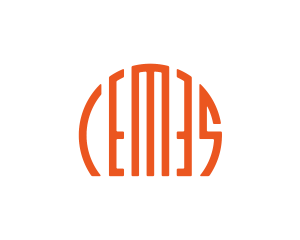Deep Learning of Crystalline Defects from TEM images: A Solution for the Problem of" Never Enough Training Data"
Résumé
Crystalline defects, such as line-like dislocations, play an important role for the performance and reliability of many metallic devices. Their interaction and evolution still poses a multitude of open questions to materials science and materials physics. In-situ TEM experiments can provide important insights into how dislocations behave and move. During such experiments, the dislocation microstructure is captured in form of videos. The analysis of individual video frames can provide useful insights but is limited by the capabilities of automated identification, digitization, and quantitative extraction of the dislocations as curved objects. The vast amount of data also makes manual annotation very time consuming, thereby limiting the use of Deep Learning-based, automated image analysis and segmentation of the dislocation microstructure. In this work, a parametric model for generating synthetic training data for segmentation of dislocations is developed. Even though domain scientists might dismiss synthetic training images sometimes as too artificial, our findings show that they can result in superior performance, particularly regarding the generalizing of the Deep Learning models with respect to different microstructures and imaging conditions. Additionally, we propose an enhanced deep learning method optimized for segmenting overlapping or intersecting dislocation lines. Upon testing this framework on four distinct real datasets, we find that our synthetic training data are able to yield high-quality results also on real images-even more so if fine-tune on a few real images was done. Our approach demonstrates the potential of synthetic data in overcoming the limitations of manual annotation in TEM, paving the way for more efficient and accurate analysis of dislocation microstructures. Last but not least, segmenting such thin, curvilinear structures is a task that is ubiquitous in many fields, which makes our method a potential candidate for other applications as well.
Mots clés
deep learning synthetic training data segmentation data mining transmission electron microscopy dislocation crystal defect
deep learning
synthetic training data
segmentation
data mining
transmission electron microscopy
dislocation
crystal defect
Computer Vision and Pattern Recognition (cs.CV)
Materials Science (cond-mat.mtrl-sci)
FOS: Computer and information sciences
FOS: Physical sciences
| Origine | Fichiers produits par l'(les) auteur(s) |
|---|

